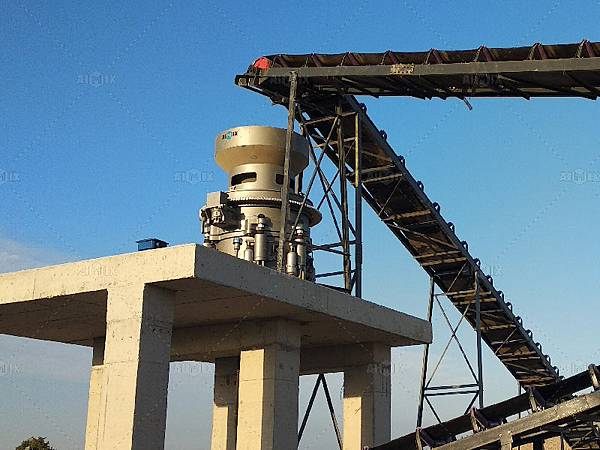Stone crushing plants play a pivotal role in the construction industry by providing essential materials for building projects. However, the operations of stone crusher plants have significant environmental impacts, including dust generation, noise pollution, and the depletion of natural resources. Understanding these impacts is crucial to devising strategies that can help minimize the environmental footprint of stone crusher plants while maintaining their productivity and efficiency.

Understanding the Environmental Impact
The operation of stone crusher plants leads to various environmental issues that need immediate attention.
Dust Emissions
One of the primary concerns associated with stone crusher plants is the emission of dust particles into the atmosphere. These particles can affect air quality in the vicinity of the plant, posing health risks to workers and nearby residents. Prolonged exposure to fine dust particles can lead to respiratory problems and other health issues.
Noise Pollution
The machinery used in stone crusher plants, including crushers, conveyors, and screens, generates significant levels of noise. Continuous exposure to high decibel levels can lead to hearing loss among workers and disturb the peace of surrounding communities.
Resource Depletion
Stone crusher plants rely on the extraction of raw materials from quarries, leading to the depletion of natural resources. Unsustainable mining practices can result in the loss of biodiversity and degradation of land, affecting local ecosystems.

Strategies for Minimizing Environmental Impact
While the operations of stone crusher plants have inherent environmental challenges, there are several strategies that can help mitigate these impacts.
Implementing Dust Control Measures
Controlling dust emissions is crucial for reducing the environmental impact of stone crusher plants(venta de planta chancadora de piedra). This can be achieved through several methods:
Water Sprinklers
Installing water sprinklers at strategic points can help suppress dust particles, preventing them from becoming airborne.
Enclosures
Enclosing the crushing and screening processes can contain dust within the equipment, significantly reducing emissions.
Reducing Noise Pollution
To combat noise pollution, stone crusher plants can adopt various measures:
Soundproofing
Installing sound barriers around noisy machinery can help reduce the decibel levels emitted into the environment.
Equipment Maintenance
Regular maintenance of machinery can ensure that it operates smoothly, producing less noise.
Promoting Sustainable Practices
Sustainable mining practices are essential for minimizing the environmental impact of resource extraction:
Rehabilitation
Rehabilitating quarries after extraction by planting trees and restoring topsoil can help preserve local biodiversity and landscape.
Recycling Aggregate
Encouraging the recycling of construction materials can reduce the demand for fresh aggregate, conserving natural resources.
In conclusion, while stone crusher plants are indispensable to the construction industry, their environmental impact cannot be ignored. By implementing effective dust control measures, reducing noise pollution, and promoting sustainable mining practices, it is possible to minimize the ecological footprint of these operations. As technology advances, it is hoped that more innovative solutions will emerge, further reducing the environmental impact of stone crusher plants(planta trituradora de piedra en venta) and contributing to a more sustainable future for the construction industry.


 留言列表
留言列表